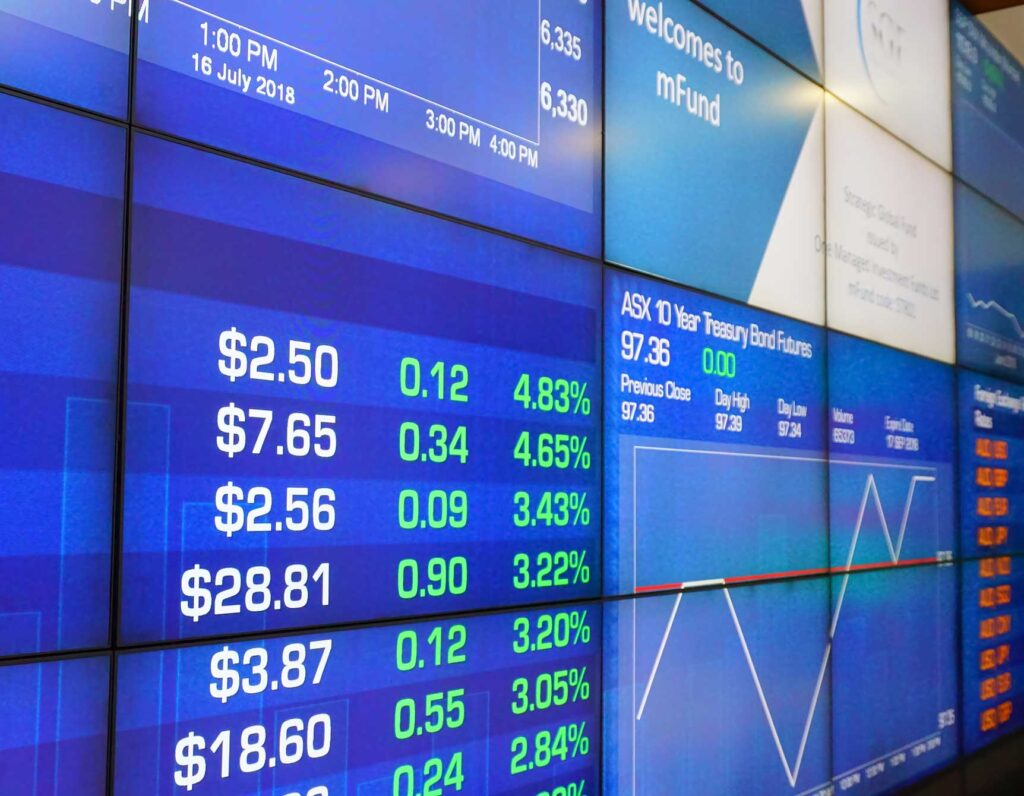Scan this article:
Discovering undervalued stocks is the modus operandi of value investors. The strategy is epitomised by the most famous one of all, Warren Buffett, who once said, “whether we’re talking about socks or stocks, I like buying quality merchandise when it is marked down.”
That principle of buying good companies at attractive valuations has underpinned the eight decades of Buffett’s career and made him one of the most successful investors of all time.
How to find undervalued stocks?
Finding an undervalued stock naturally requires a bit of study and analysis. To do so you would typically need to:
- Find out the company’s current net asset value.
- Forecast the amount of earnings the company may make in the future.
- Calculate what share price would accurately reflect the current net asset value and expected future earnings.
- Compare the current stock’s share price to your hypothetical share price.
Yes, that can require a bit of work. But once you have crunched a few numbers, you can compare different companies and potentially discover those diamonds in the rough – “cheap” stocks that could potentially be quality stocks over time.
Today, we’ll be looking at three key ratios commonly used by investors – the PB ratio, PE ratio and PEG ratio – and how to use them in finding undervalued stocks.
Price-To-Book Ratio (PB Ratio)
A company’s “book value” is all its assets minus all its liabilities. Put simply, everything it owns minus everything it owes.
The price-to-book ratio tells you how a company’s share price compares to its book value or the sum of its parts.
To find a company’s PB ratio, you divide its share price by its book value per share.
For example, imagine a company has:
- A book value (assets minus liabilities) of $100 million
- 1 million shares
- A share price of $102
In that case:
- Its book value per share would be $100 (because $100 million divided by 1 million equals $100).
- Its PB ratio would be 1.02 (because $102 divided by $100 is 1.02).
- Which means the company would be priced at 2% higher than its book value.
Some experts believe a company is undervalued if it has a PB ratio of less than 1. However, a ratio above 1 doesn’t necessarily mean the company is overvalued. It’s just a rough rule of thumb.
Price-To-Earnings Ratio (PE Ratio)
Now imagine a company had a share price of $20 and was making an annual profit of $1 per share. In that case, its price-to-earnings ratio would be 20. (Technically, it would be quoted as 20:1, but the industry standard is to shorten this to 20.)
The PE ratio is a useful tool to help you calculate whether a stock is fairly valued. For example, if a company had a PE ratio lower than that of a comparable rival, it’s possible it might be an undervalued stock. Or if a company had a PE higher than the market average, it’s possible it might be overvalued. The key word here is ‘possible’, because a PE ratio only tells you so much.
Between 1980 and 2020, the Australian stock market had a PE ratio of about 15, according to Market Index.
It is also important to note that the PE ratio differs between sectors. The PE ratio of financial companies is typically lower than tech stocks for example. This highlights the nature of different businesses and their growth potential.
Price/Earnings-To-Growth Ratio (PEG Ratio)
You can dig deeper into the market expectations of a company by calculating its PEG ratio.
You calculate a company’s price/earnings-to-growth ratio by taking the company’s PE ratio and dividing it by the growth rate (real or projected) of the company’s earnings.
For example, if a company had a PE ratio of 20 and an earnings growth rate of 19% per year, its PEG ratio would be 1.05 (because 20 divided by 19 equals 1.05).
Some experts believe a company is fairly valued if it has a PEG ratio of exactly 1 – so a higher ratio may mean it’s overvalued and a lower ratio may mean it’s undervalued.
While they are not the only considerations, the PB ratio, PE ratio and PEG ratio are all useful tools to help make investment decisions. Using them as a guide, investors can dig a little deeper into a company’s valuation and discover possible investment opportunities.

Become a part of
our investor community
Why you should join us:
- Join free and invest with no monthly account fees.
- Fund your account in real time with PayID.
- Get investing with brokerage from $2. Other fees may apply for U.S. shares.
Read our latest articles
Make knowledge your superpower and up your skills and know-how with our news, educational tools and resources.































